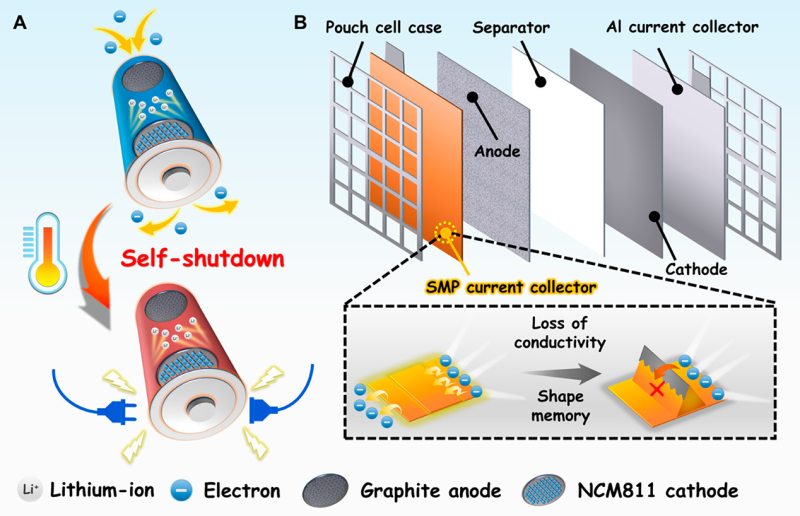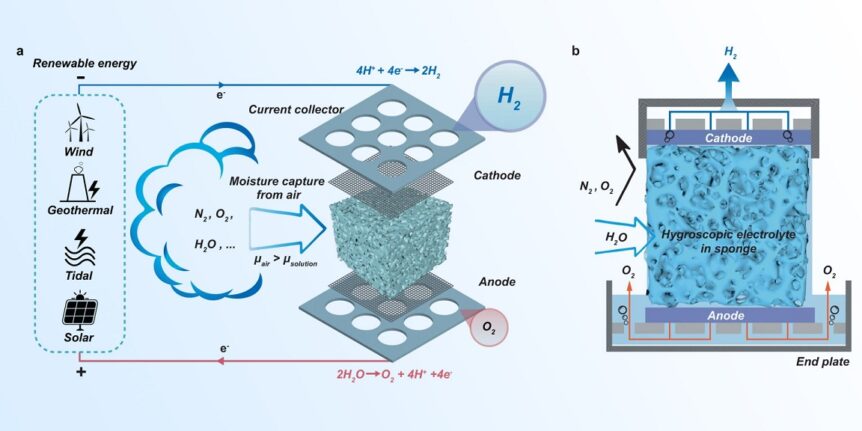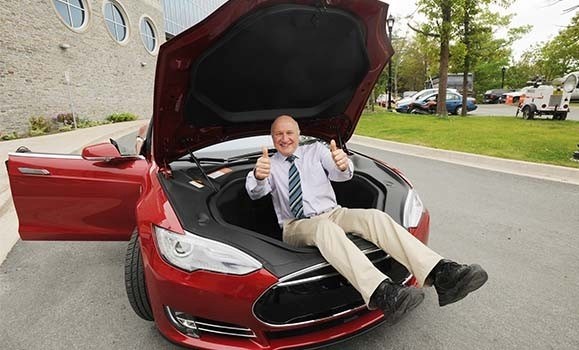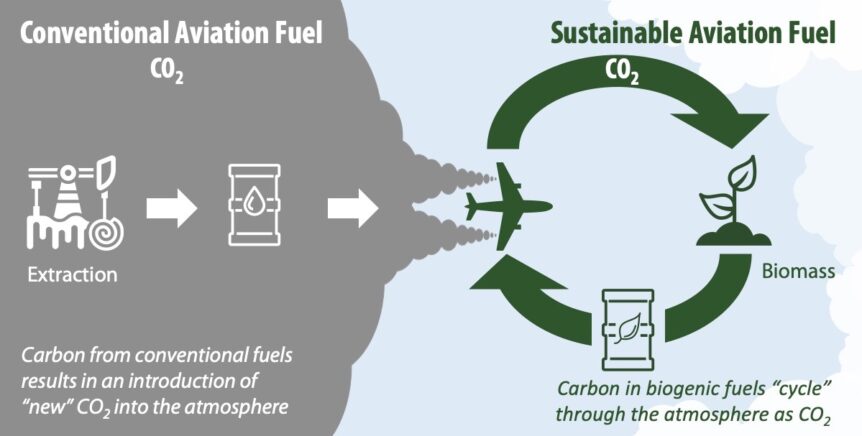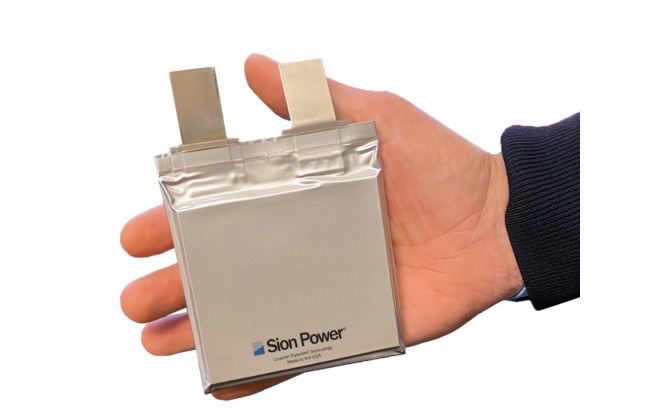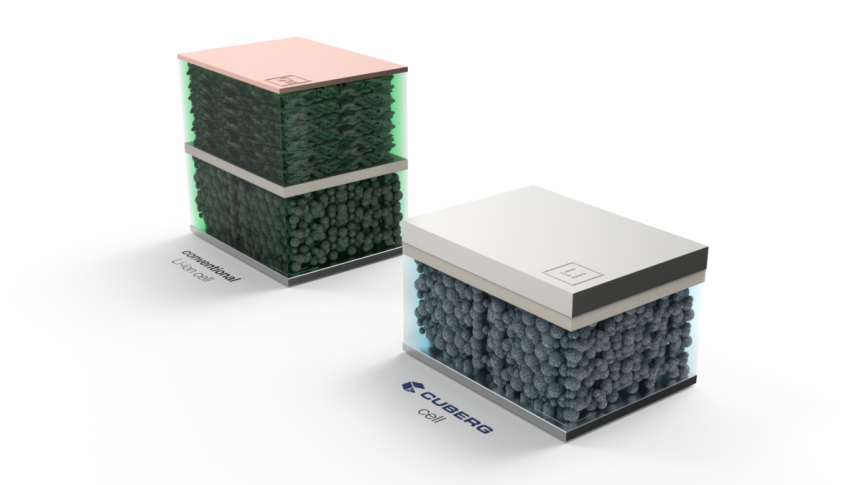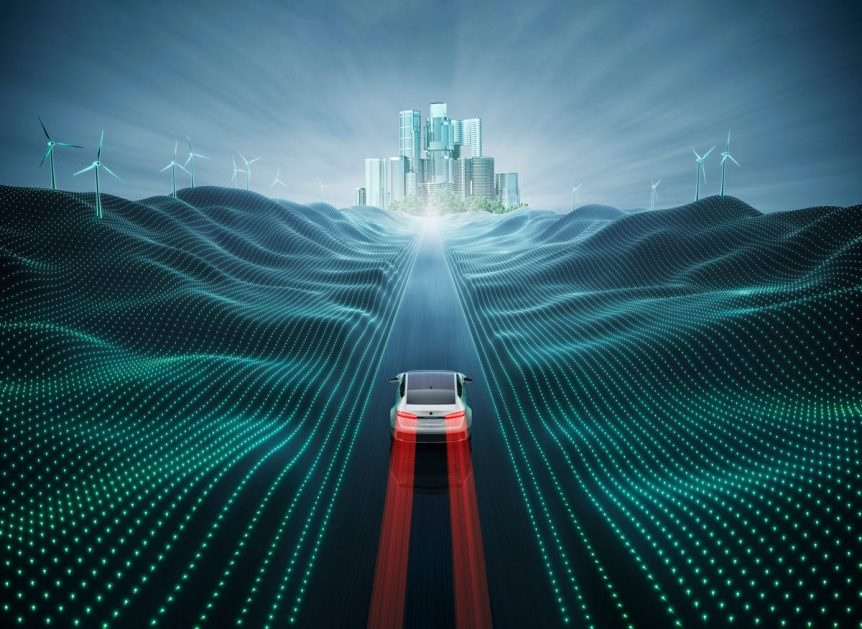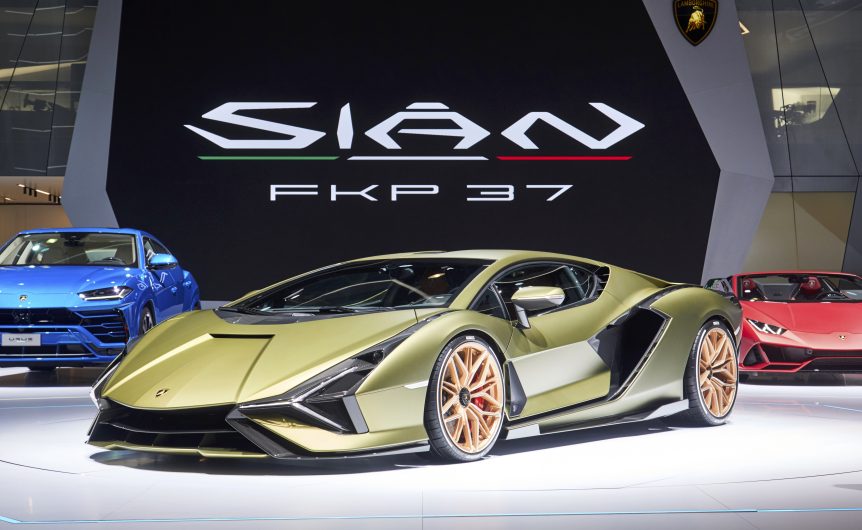Keeping battery fires at bay is a constant irritant, if not downright hazard, in the electric vehicle world. Battery fires are particularly scary in aircraft, where help may be 35,000 feet below. Three different solutions have been introduced by industry and scholars, though, and may reduce, or even prevent such unfortunate occurrences. That the three solutions were featured in the same day’s postings of GreenCarCongress.com is a bit astonishing, but heartening. The three contenders appear below. The Honeywell and Nexceris Sniff Test Honeywell has a strategic alliance with Nexceris, developer of the Li-ion Tamer (a horrible pun, as you may have noticed) lithium-ion gas detection solutions. Instead of waiting for things to heat up, as happens in thermal runaways, the Honeywell-Nexceris team will develop the proactive detectors, which “sniff” the fumes of an incipient battery fire before it can even start. Honeywell and Nexceris will work with EV makers to install Li-ion Tamer sensors “on their gas detection systems control …
Hydrogen from Thin Air?
Extracting “green” hydrogen from thin air may be a saving grace in attempts to produce clean energy. Normally, water splitting to produce oxygen and hydrogen requires large amounts of preferably pure water, a rare substance in much of the world. Science News headlines its article, “To overcome the water shortage problem in the case of widespread deployment of hydrogen production, a team of researchers from Australia, the United Kingdom and China has demonstrated a method of producing high purity hydrogen from the air by using hygroscopic electrolyte soaked in a porous medium as the moisture absorbent.” GreenCarCongress notes researchers at [The University of] Melbourne have demonstrated a way to extract hydrogen directly from air via the capture of freshwater using “a hygroscopic electrolyte and subsequent electrolysis powered by solar or wind.” Pulling water from the air to perform water splitting could be a daunting prospect, but researchers found they could squeeze sufficient amounts from air with as low as four …
Lifetime Batteries?
What if your new electric car came with a steel-clad warranty on its lifetime batteries? Your editor’s father would have asked, “Whose lifetime?” but researchers at Dalhousie University suggest that might become a reality. lIn a paper in the Journal of The Electrochemical Society, “Li[Ni0.5Mn0.3Co0.2]O2 as a Superior Alternative to LiFePO4 for Long-Lived Low Voltage Li-Ion Cells,” Jeff Dahn’s research team explains a different approach to battery longevity. The chemistry is similar to that used in millions of cells, but lowers the amount of carbon to operate at 3.8 Volts rather than 4.2 Volts. These lower output cells, “Have an energy density that exceeds that of the LFP cells and a cycle-life that greatly exceeds that of the LFP cells at 40 °C, 55 °C and 70 °C. Excellent lifetime at high temperature is demonstrated with electrolytes that contain lithium bis(fluorosulfonyl)imide (LiFSI) salt, well beyond those provided by conventional LiPF6 electrolytes.” NMC532 refers to the ratios of nickel, manganese, and …
Cementing Sustainable Aviation Fuel (SAF)
Cement, a prime component in concrete, is a major source of the greenhouse gas CO2, according to the Princeton Student Climate Initiative (PSCI). The group reports, “Cement is made by firing limestone, clay, and other materials in a kiln. CO2 is emitted from the energy used to fire the material, and the chemical reaction produced from the mixture when it is exposed to heat. According to the National Ready Mixed Concrete Association, each pound of concrete releases 0.93 pounds of carbon dioxide. Since concrete is such a widespread item, the amount of CO2 released in the industry continues to grow.” Cleaning Up the Process How can cement makers reduce their contribution to global warming and make sustainable aviation fuel (SAF)? The question may seem ludicrous at first glance, but CEMEX, a worldwide manufacturer of cement, has successfully deployed hydrogen-based technology to reduce CO2 emissions in its operations. Tested in Spain in 2019, hydrogen is now a part of all European …
Sion Power’s EV Battery
Sion Power’s EV Battery 400 Watt-hours per kilogram is a long-awaited minimum expectation for what it will take to get electric aviation off the ground. Sion Power® of Tucson, Arizona will introduce its Licerion® 17 Amp-hour pouch cells at the Battery Show North America in September – claiming to fulfill that expectation. The large-format pouch cells come in a compact 810 Watt-hours per liter size, last over 800 cycles and can be charged to 80-percent of their rated capacity in 15 minutes, according to Sion. Sion Power is shifting from its lithium-sulfur chemistry to lithium-metal technology. Their Li-S cells powered Airbus’ Zephyr® 7 HAPS (High Altitude Pseudo Satellite) to a record for continuous flight. According to Tucson Tech, “In 2014, lithium-sulfur batteries custom-made by Sion helped power Airbus’ Zephyr 7 solar-electric unmanned plane to fly for 11 days on sun power during the day and battery power at night.” From Lithium-Sulfur to Licerion® In a paper on the subject, Sion …
Stable Nickel-rich Cathodes in Lithium Metal Batteries
A battery with 560 Watt-hours per kilogram, a stable long life, and no fires. What’s not to like? Researchers at Helmholtz Institute Ulm (HIU), founded by the Karlsruhe Institute of Technology (KIT) in cooperation with the University of Ulm, have come up with a dual anion, nickel-rich cathode, lithium-metal battery that, although in early stages of development, may point a way forward. Academic journal Joule reports, “High-energy batteries, in particular lithium batteries, are the key to achieve carbon-neutral mobility…. However, it is foreseen that a fully electrified mobility and transportation can only be achieved by the development of batteries employing lithium metal as the negative electrode (anode) while still granting long-term cycling performance and safety.” Safety may be the deciding factor here, especially in electric aircraft. Coupling the lithium metal anode with a nickel rich cathode seems to pay off for the researchers. Along with the dual anion liquid electrolytes, they’ve managed to keep things stable and performing well. Considering …
From Ganged Motors to Wright’s Two MegaWatts
Twelve years ago, your editor gave his first talk at an electric aircraft symposium. Dr. Brien Seeley asked that he include all motors up to 100 kilowatts in his talk – at that time a rarity. Designers often had to “gang” small motors to drive a single propeller to obtain the necessary power. Now, Wright Electric has announced its plans to develop motors (and associated equipment) in the 500 kilowatt to 20 megawatt range. Motors of those sizes are still under development, but Wright claims to have tested and demonstrated “a megawatt-class, high performance inverter,” according to Green Car Congress. Jeff Engler is getting recognized for his vision. Here he give his virtual elevator speech at the Davos, World Economic Forum. His positive and yet measured approach seems to gain acceptance for that vision. Demonstrated Performance? Aiming for some audacious levels of performance, Wright’s inverter could hit these metrics: “99.5% efficiency –a 6x improvement in heat loss over current in-production …
Quantumscape Batteries – an Emerging Answer
Hiding in plain site next to the San Jose, California International Airport, Quantumscape has been quietly developing a solid-state battery now emerging and trending toward mass production. With backing from Volkswagen, Bill Gates and a founding member of Tesla, the battery company would make big splash if it used a liquid electrolyte. It doesn’t. Wired goes a bit dramatic in describing the faults of batteries with liquid electrolytes. “IF ELECTRIC VEHICLES are ever going to fully supplant gas guzzlers on the world’s roads, they’re going to need an entirely new type of battery. Despite steady improvements over the past decade in the energy density and lifetimes of lithium-ion batteries, the cells in new EVs still lag behind internal combustion engines on pretty much every performance metric. Most EVs have a range of less than 300 miles, it takes more than an hour to recharge their battery packs, the cells lose nearly a third of their capacity within a decade, and …
DOE Promotes Carbon Neutrality Aeronautically
Both GreenCarCongress.com and CleanTechnica share information about the Department of Energy’s funding of 17 projects in two Advanced Research Projects Agency – Energy (ARPA-E) categories. Prepare for the inevitable rush of acronyms. All the projects seem to be reserved for applications on single-aisle short- and intermediate-range airliners, with emphasis on economy of operation, carbon neutrality and lowest possible emissions. ASCEND Powertrain related, ASCEND (Aviation-class Synergistically Cooled Electric-motors with iNtegrated Drives) will fund nine projects with $14.5 in Phase 1 money. Funds will help recipients, “Work to develop innovative, lightweight, and ultra-efficient all-electric powertrain with advanced thermal management systems that help enable efficient net-zero carbon emissions for single-aisle passenger commercial aircraft.” Raytheon Technologies Research Center has three projects in two ARPA-E categories, including their own Ultra-Light, inTegrated, Reliable, Aviation-class, Co-Optimized Motor & Power converter with Advanced Cooling Technology (ULTRA-COMPACT) for which they received $2,330,13. Their system will incorporate advanced materials and techniques in permanent magnets, drive topology, thermal management, and composite gearboxes. Marquette …
Supercaps for Supercars – and Sky Taxis?
Your editor has asked for years if batteries in electrically-powered aircraft could be augmented by supercapacitors, devices able to unleash significant amounts of power quickly. The usual answer is that the added weight of supercaps that could add power on demand would be about that of added batteries to equal the performance. We wrote about the use of super capacitors in KERS (Kinetic Energy Recovery Systems) used in Formula racers and even at LeMans. At around the same time, Mazda tucked supercaps under the front wheel well on some models to capture waste energy from braking. That energy could then power electric systems in the car and even recharge the main battery. In an explanation and comparison of lithium batteries and supercaps, Matt Ferrell gives a reasonable overview of the two and how they will probably evolve in the future. As he notes, Tesla recently purchased Maxwell technologies, possibly to fill what Maxwell describes as the “energy gap for fast-response, …
- Page 1 of 2
- 1
- 2

